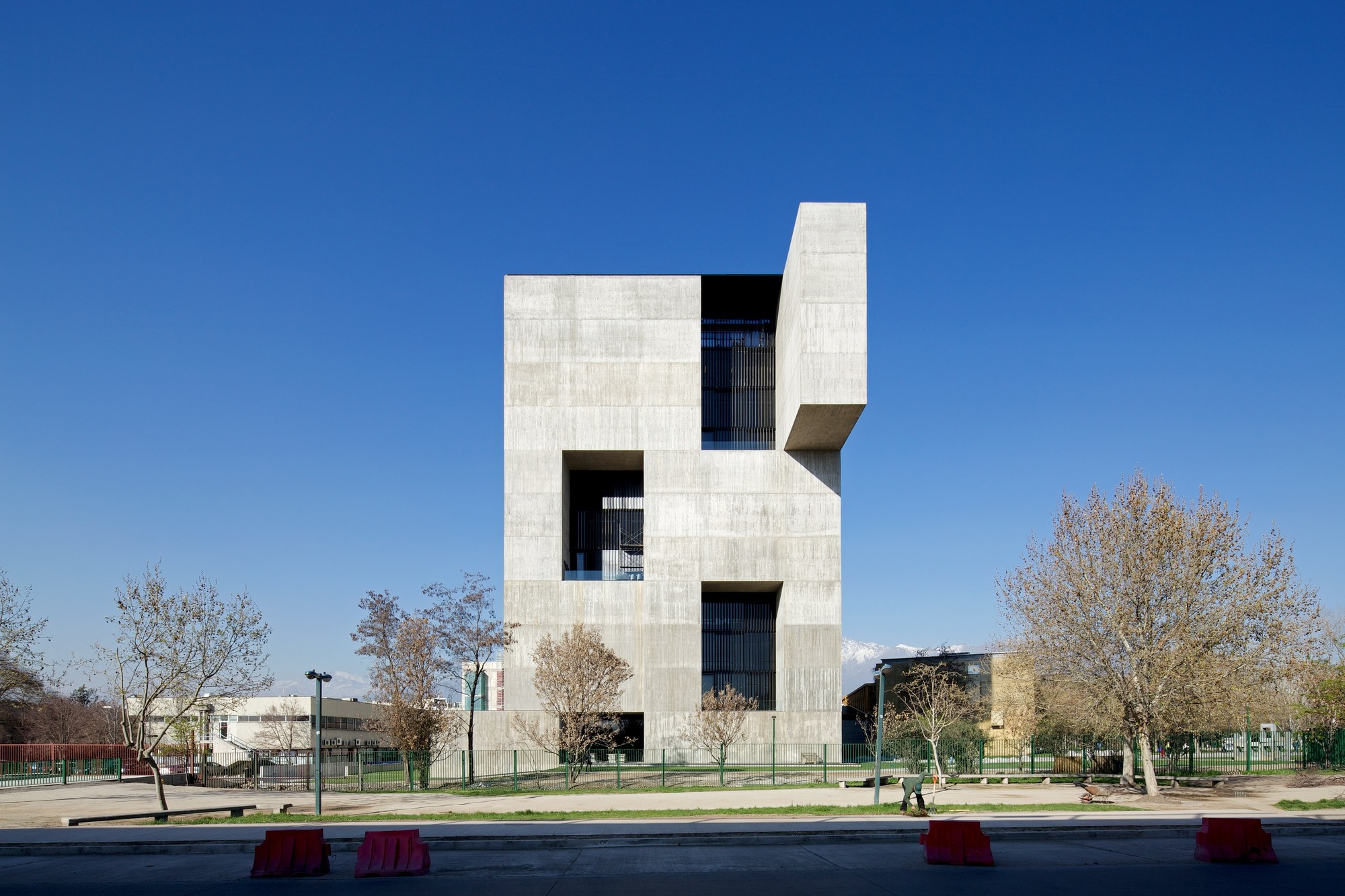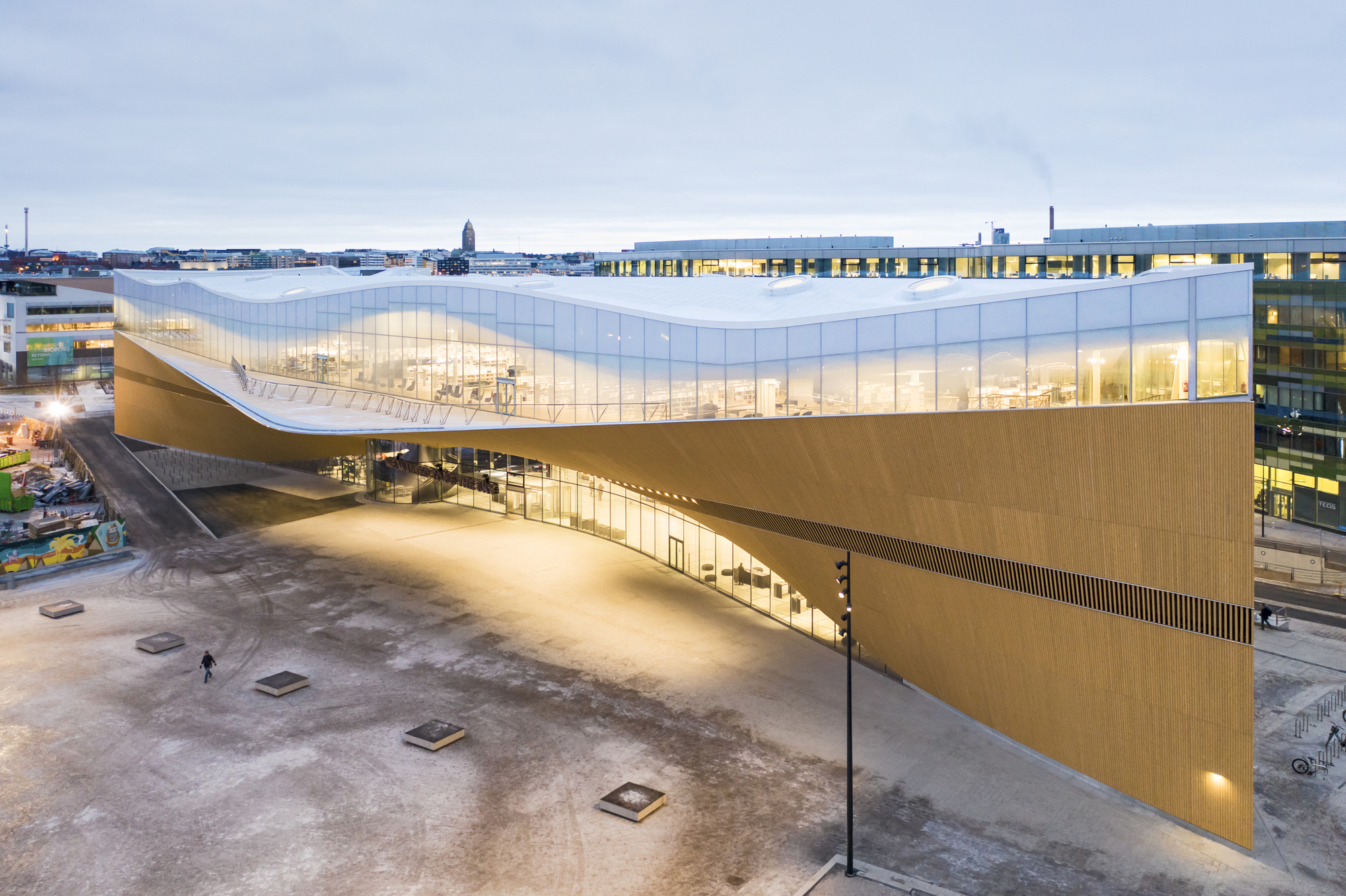Innovation Center of the Universidad Católica de Chile
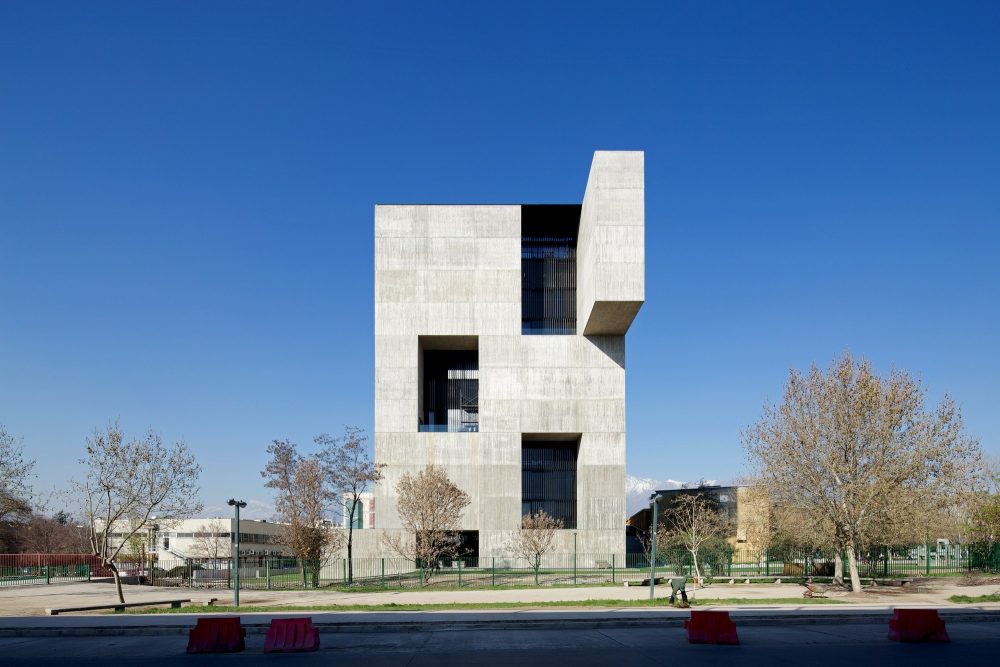
In every innovation center, there has always been a threat of functional and stylistic obsolescence. Rather than treating the project as a piece of architecture, Chilean architect Alejandro Aravena of ELEMENTAL designed the 8,176-sqm Innovation Center of the Universidad Católica de Chile with a planning and design approach resembling that of infrastructure.
The first step was the rejection of the glass façade in favor of concrete – a double purpose solution that prevents an immensely poor environmental performance and that stands the test of time. Although the client especially requested for an innovation center bearing a “contemporary look,” the designer strayed away from the typical glass façade prominent in contemporary architecture. For Chile’s desert climatic local condition, a glass-laden façade could have serious greenhouse effects in the interiors, therefore spending massive amounts of energy in air conditioning alone.
A reinforced concrete construction was proposed, with the majority of the façade made up of a strategic block-work of stacked concrete with deep, recessed windows spanning at three stories. To avoid undesired heat gains without entirely alienating the sleek and contemporary look of glass, the 14-story building utilizes recessed glass panels that prevent direct sun radiation while allowing cross ventilation. Aside from dramatically reducing the building’s energy expenses from 120 to 45 kW/m2 a year, its largely opaque interiors minimized the extremely strong natural light that would otherwise require its interior working spaces to be wrapped in thick blinds and curtains.
Planning and designing the innovation center verified at least four forms of work – an arrangement of formal and informal systems that encourages individual and collective ways of meeting people. Instead of using opaque interior walls, the typical office space floor plan was reversed by introducing transparent curtain walls made of glass panels that wrapped its interior perimeter. This not only opened up the space which heightened its functionality but also improved its environmental performance and character.
As believers of face-to-face contact as the superior method of sharing knowledge and information, meeting places where people can converse and socialize are abundantly scattered throughout the building. Notable examples include an elevator lobby with a bench for impromptu conversations, a transparent atrium where one can peek into what others are doing as he/she ascends, and elevated squares distributed throughout the entire building’s height, among others.
With an innate preference for timelessness over trendiness, the Innovation Center of the Universidad Católica de Chile stylishly transformed prominent monolithic materiality and strict geometry into a flexible form that encourages a continuous change and renewal – a metaphor on the function that the building itself performs.
- Chile
- ELEMENTAL
- http://www.elementalchile.cl/en/
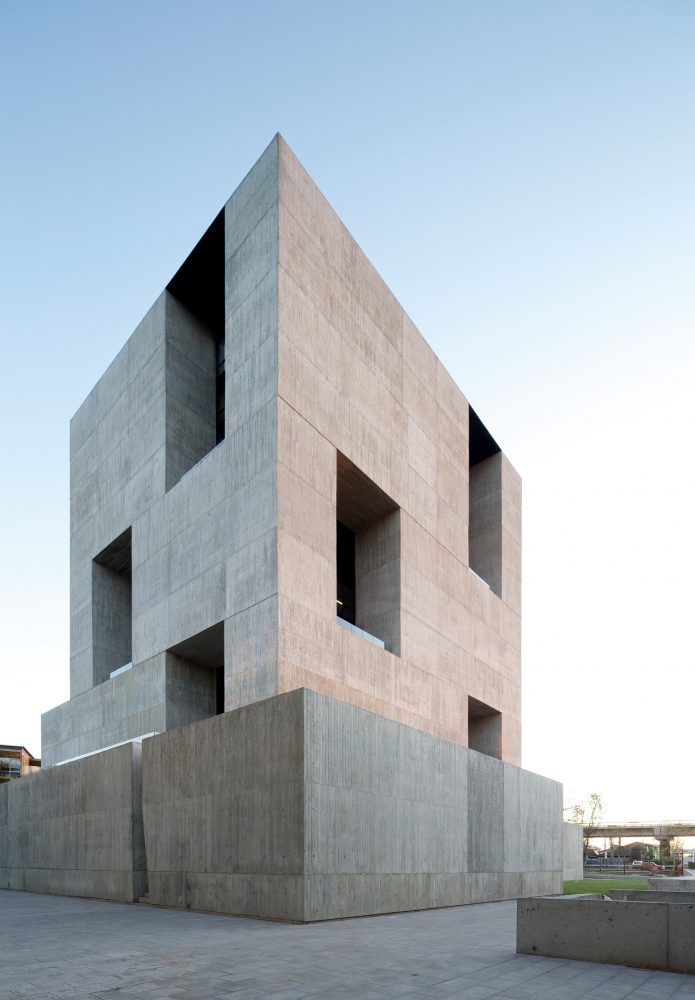
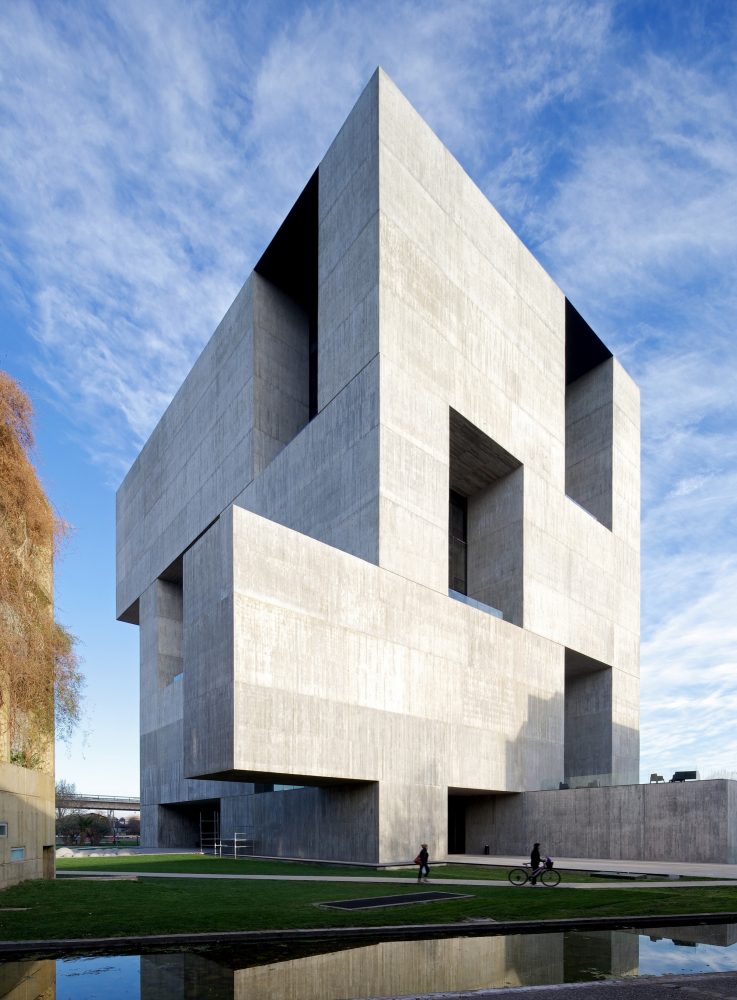
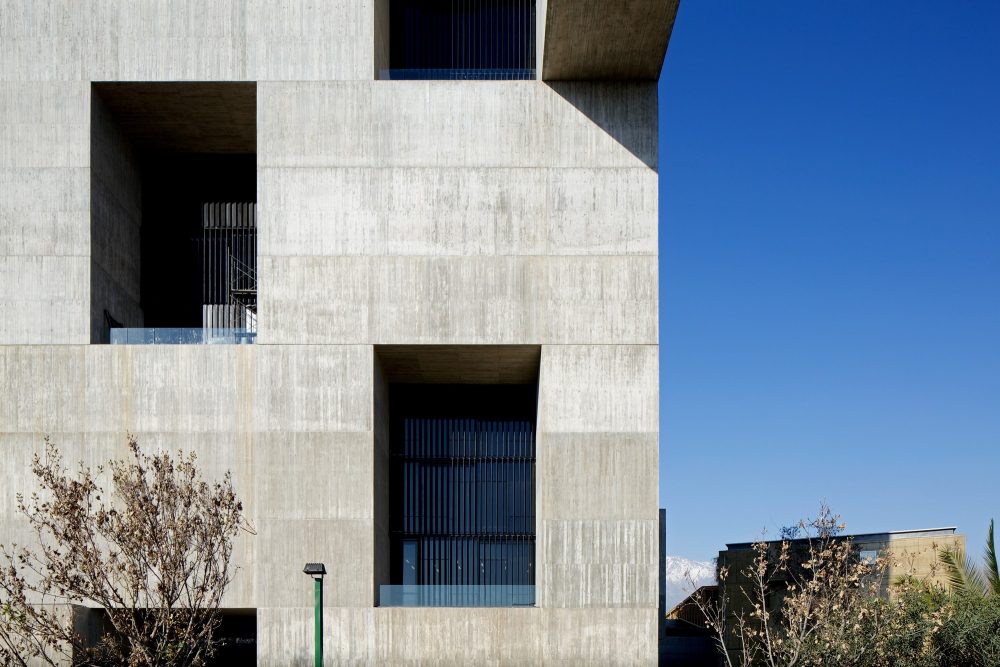
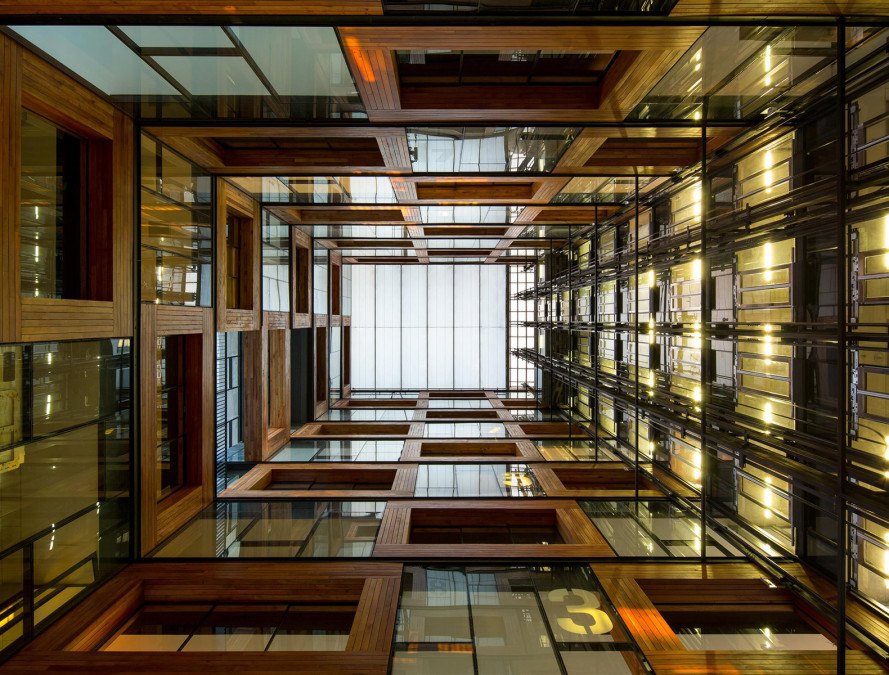
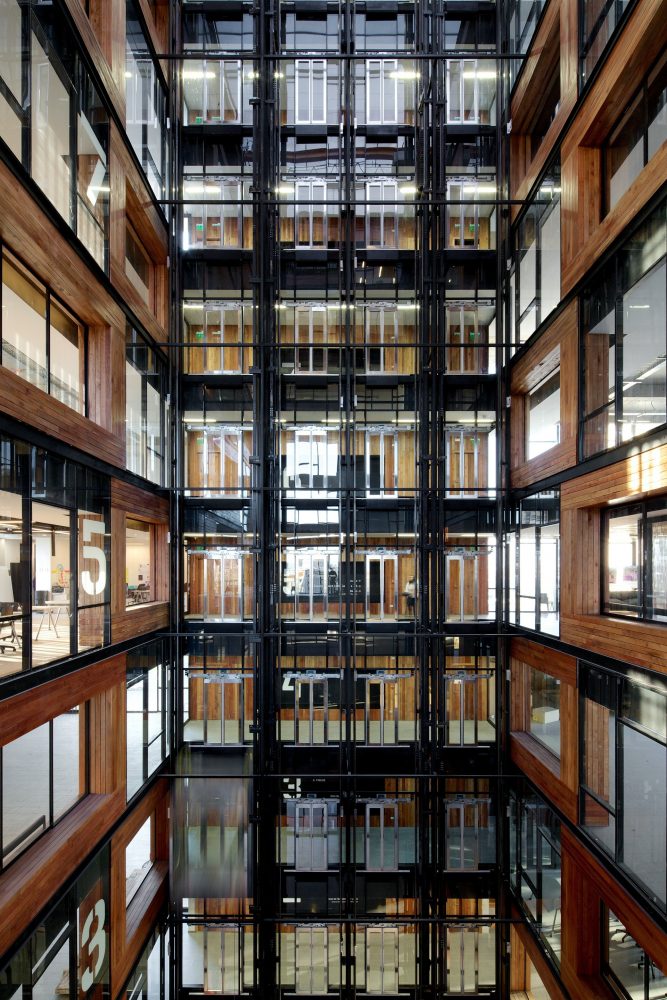
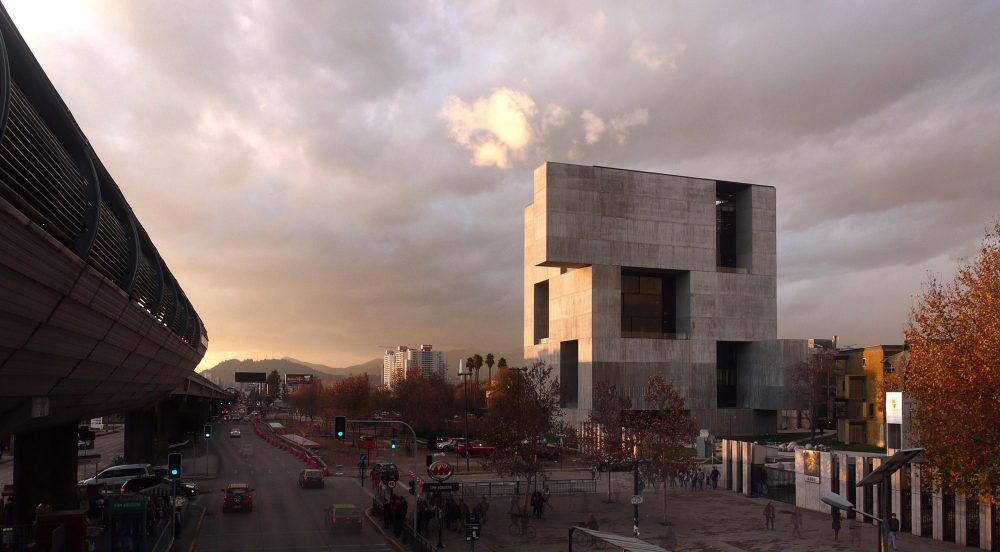
Category Educational
